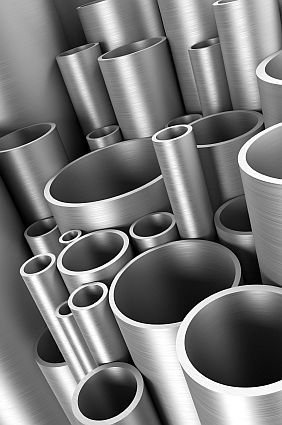Some of our structures receive stainless steel accessories for an additional fee. Have you wondered what this means in practice?
Well, commercially we distinguish two "levels" of rustproofness. This is how it should be understood (quote from marmech.eu)
Stainless steel - this is a common term for a group of corrosion-resistant steels; in more detail, we can divide them into corrosion-resistant steels and acid-resistant steels. Rustproofness, i.e. corrosion resistance, is achieved by adding appropriate additives to the basic iron alloy, most often chromium and nickel.
The most popular types of stainless steel are: 18/10 (18% chromium and 10% nickel), 304 - used in the food industry (cutlery, dishes), chemical (installations, pipelines) and medical (tools, implants), and A2 and A4 – from which fasteners are most often made.
“Stainless” screws are made of two types of steel – A2 and A4, but it should be noted that:
- A2 steel – is a steel with increased corrosion resistance, but not resistant to concentrated acids; in practice, this translates into the fact that a screw made of this type of steel exposed to external conditions (e.g. rain, moisture) will not become rusty, but may undergo chemical corrosion after being poured with acid (e.g. after leakage of electrolyte from the battery);
- A4 steel – is an acid-resistant steel that resists the action of concentrated acids such as sulfuric, phosphoric, acetic, etc. – hence its widespread use in the chemical industry.

